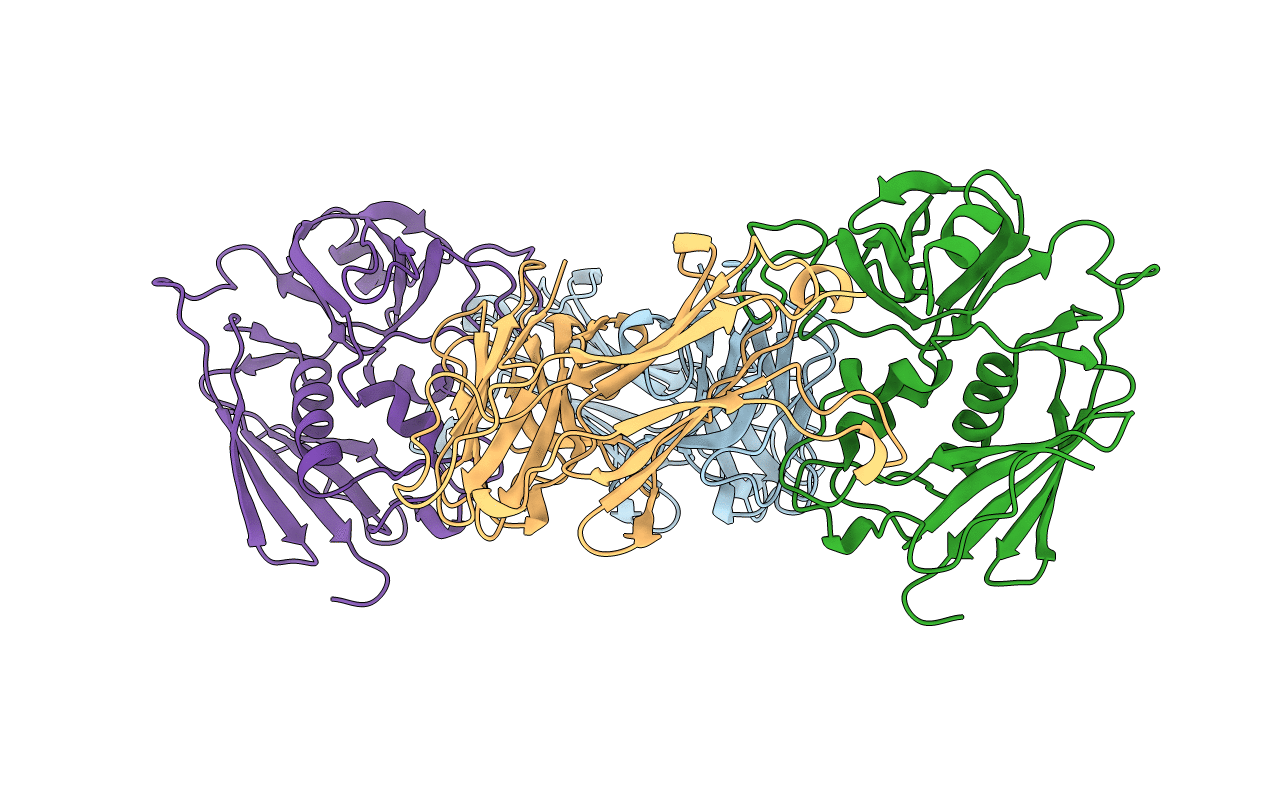
Deposition Date
1996-10-22
Release Date
1997-11-12
Last Version Date
2024-10-23
Entry Detail
PDB ID:
1JCK
Keywords:
Title:
T-CELL RECEPTOR BETA CHAIN COMPLEXED WITH SEC3 SUPERANTIGEN
Biological Source:
Source Organism:
Mus musculus (Taxon ID: 10090)
Staphylococcus aureus (Taxon ID: 1280)
Staphylococcus aureus (Taxon ID: 1280)
Host Organism:
Method Details:
Experimental Method:
Resolution:
3.50 Å
R-Value Free:
0.32
R-Value Work:
0.23
R-Value Observed:
0.23
Space Group:
P 1 21 1


